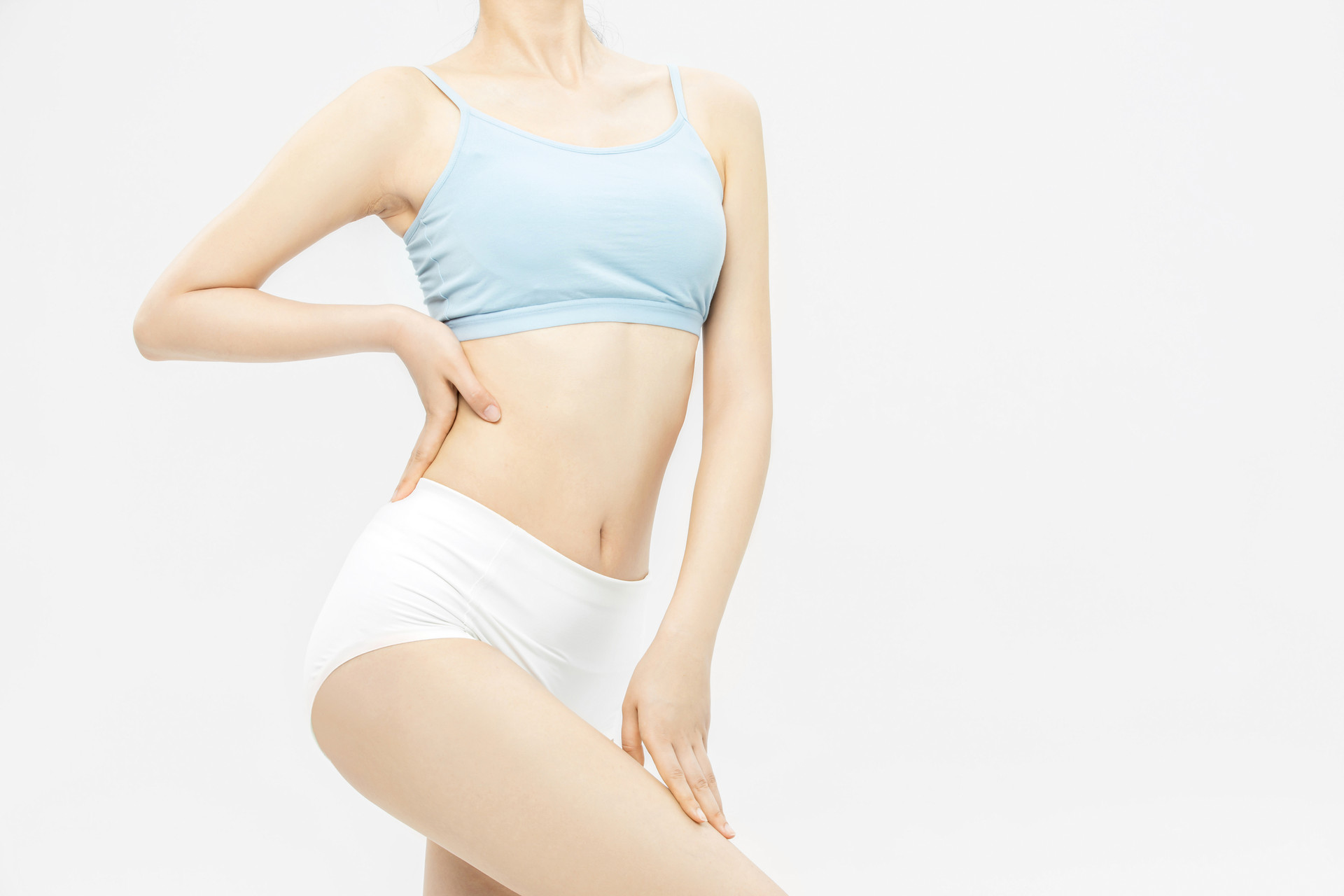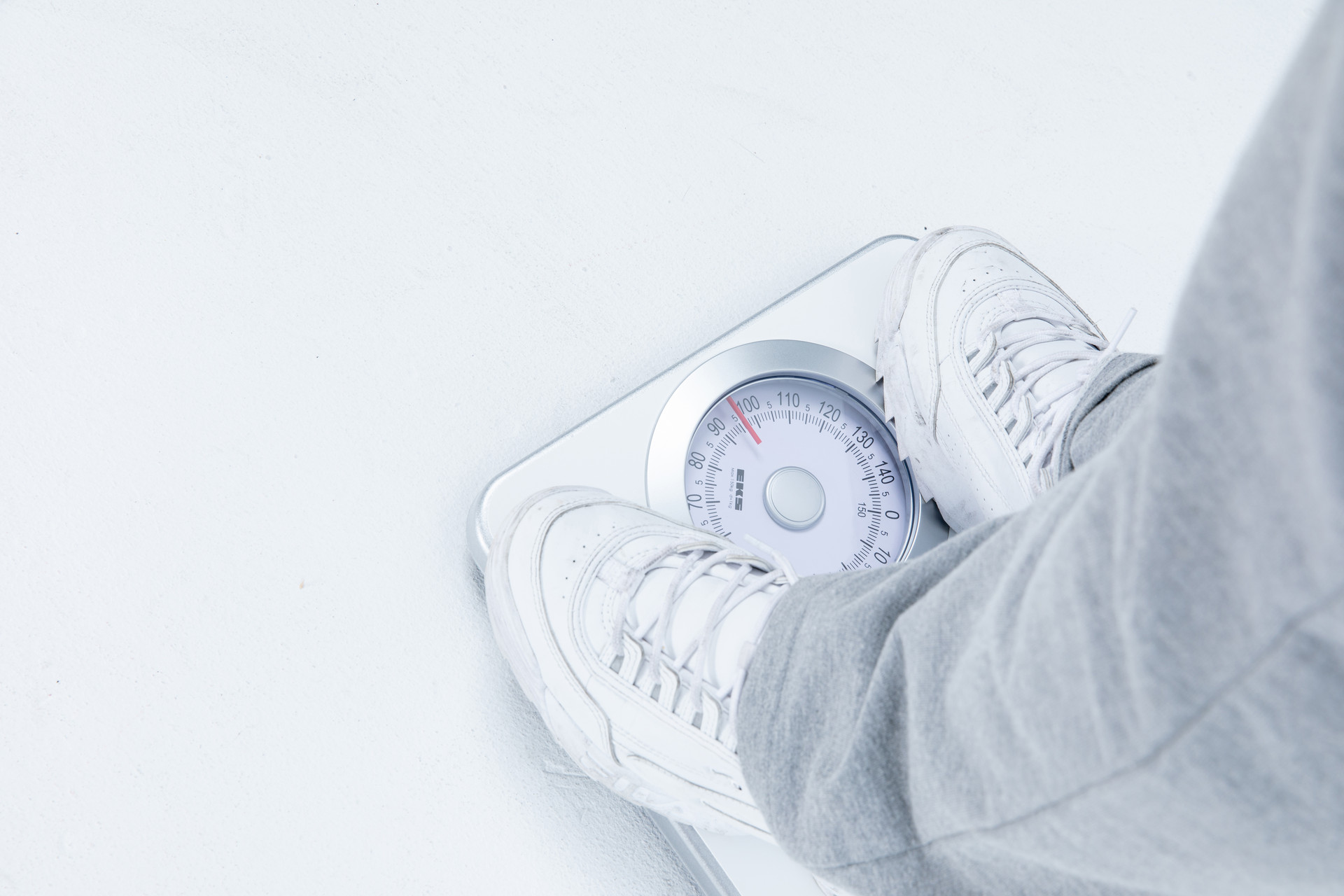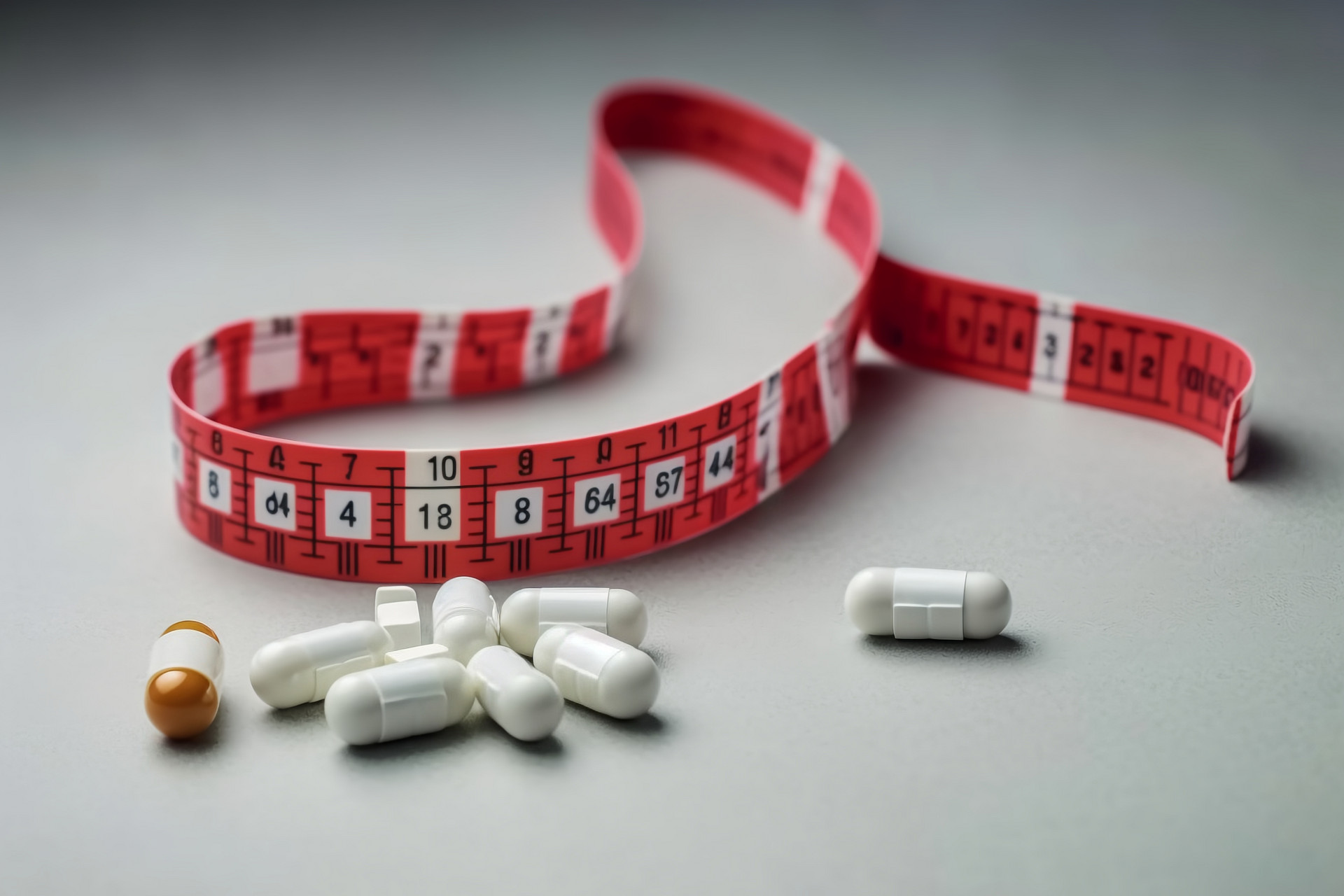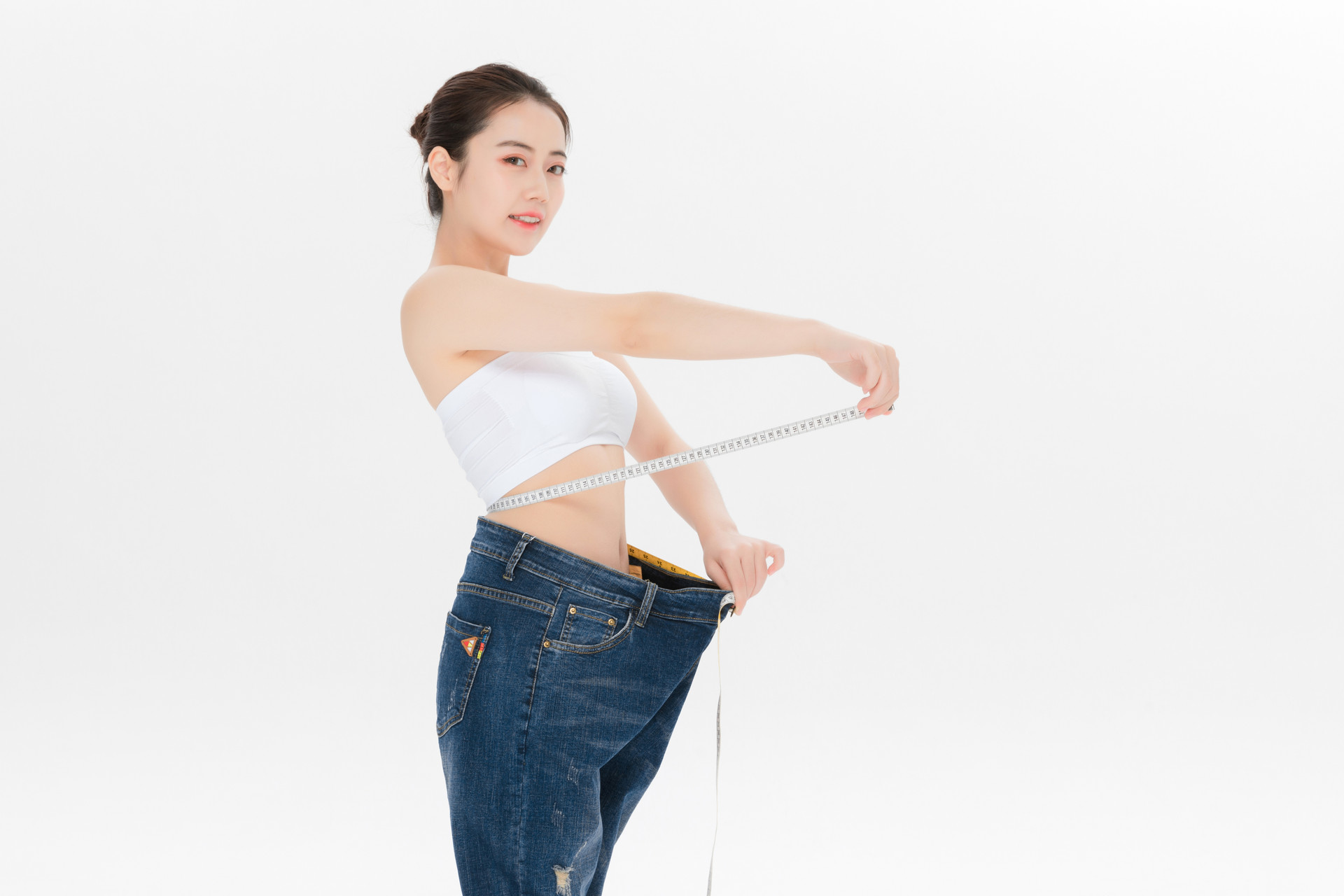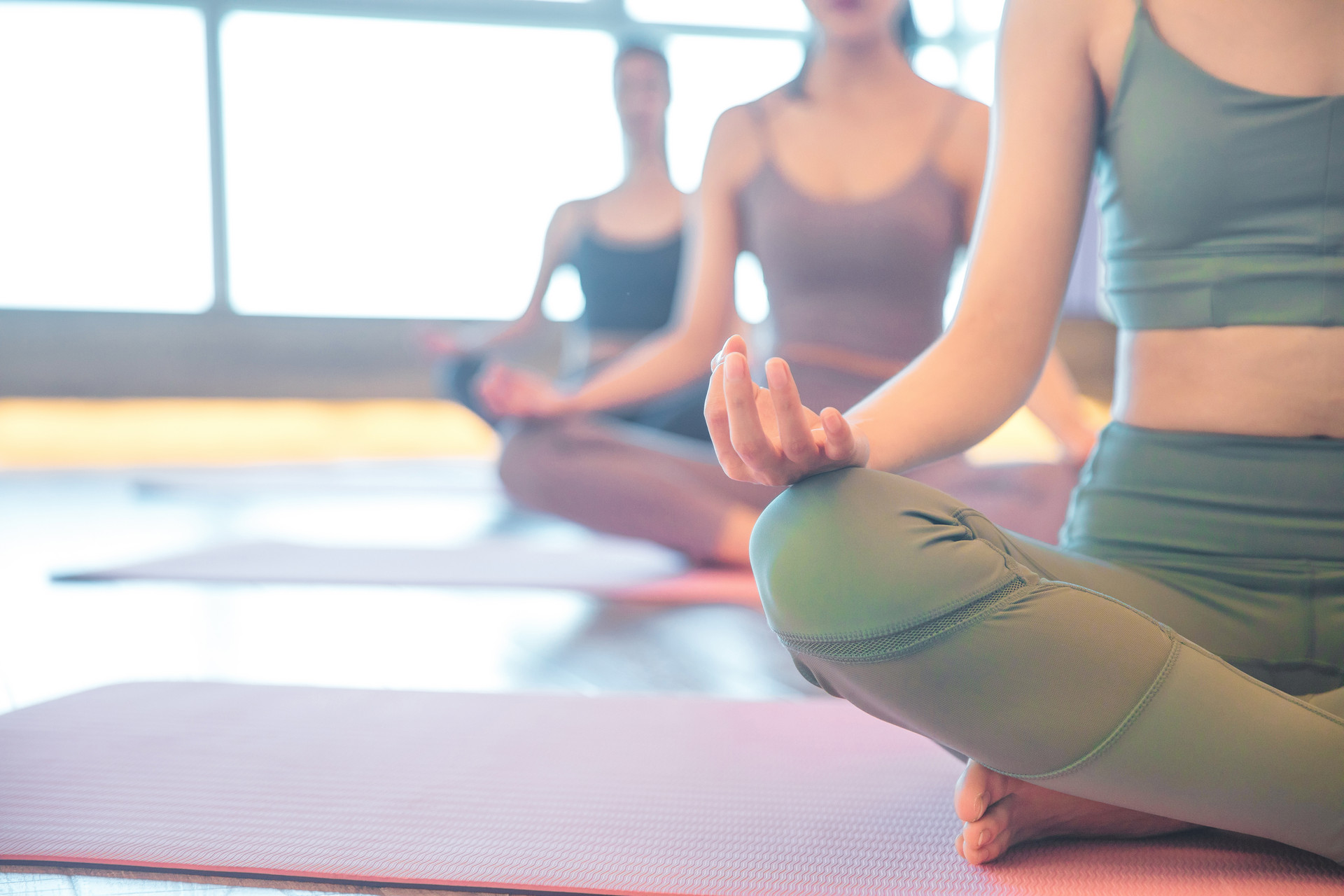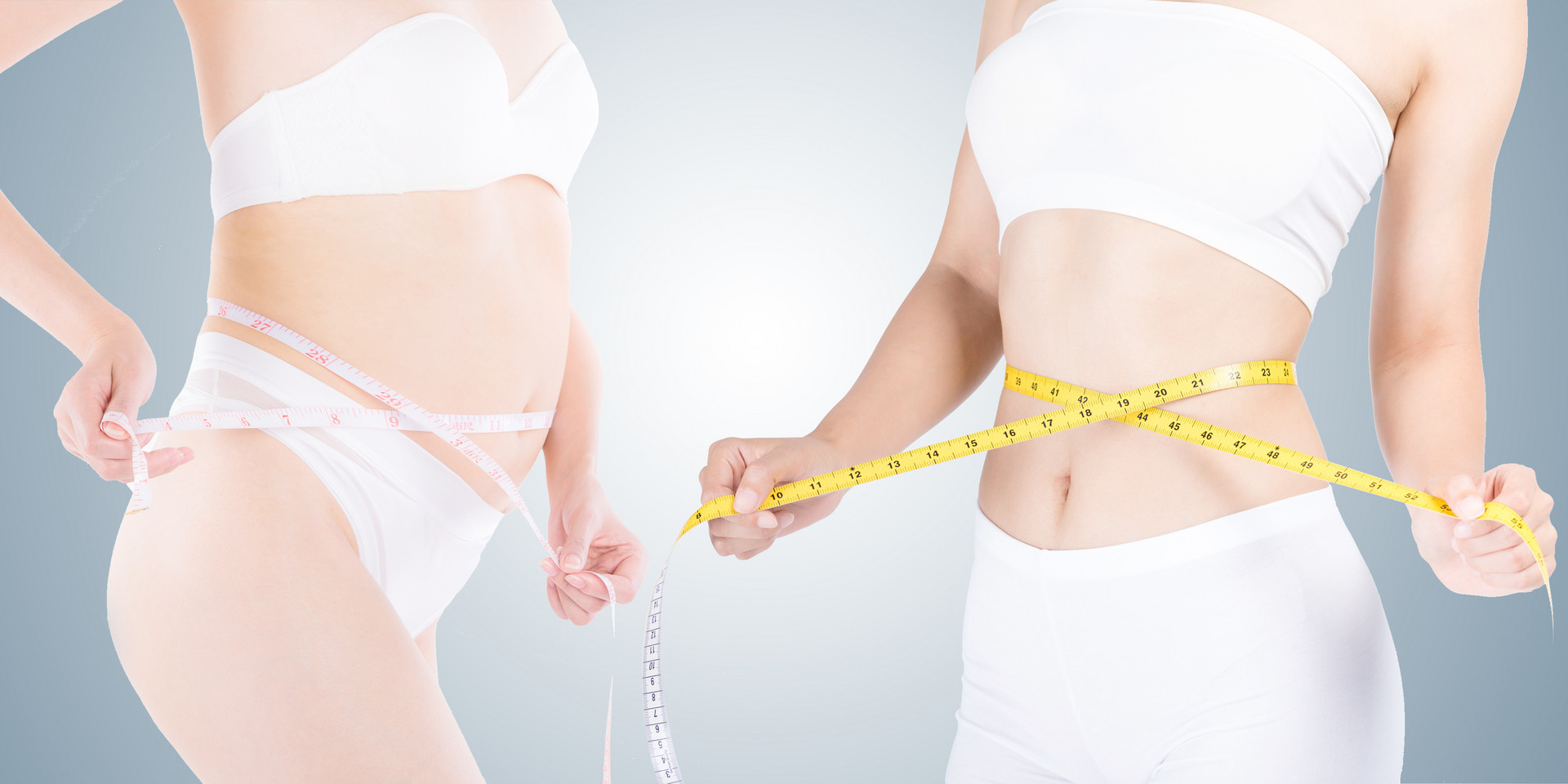①Point Method: There are three types of hand gestures in point method: first, slightly bend the palm and press with the back of the index finger, while the thumb is placed on the end joint of the middle finger, and the little finger and ring finger are clenched. This gesture is commonly used for important points. Second, the index and middle fingers are slightly bent and the thumb is placed on the end joint of the middle and index fingers, while the little finger and ring finger are clenched. This gesture is commonly used for light or moderate stimulation. Third, all five fingers are slightly bent and pinched together, with the thumb tip and little finger tip close to each other, forming a plum blossom shape.
During the operation, the practitioner's strength should reach the fingertips through the upper arm, forearm, and wrist, making the fingertips form a 60 to 90 degree angle with the patient's skin. The selected acupoints or stimulating lines are rapidly tapped or stimulated, and the fingertips are quickly and elastically recovered at a rate of 2-3 times per second, or 4-6 times per second when fast. When tapping, due to the difference in strength and speed, there are four different rhythms: one light and one heavy, two light and two heavy, three light and two heavy, and five light and four heavy. In each rhythm, light tapping requires light force and slightly faster speed, while heavy tapping requires heavy force and slightly slower speed. When using point method, the practitioner should have both flexible elasticity and strong finger and arm strength, achieving accuracy, qi, and force. Only with elasticity (softness) but without finger strength (hardness), the force cannot penetrate deep layers; only with finger strength but without elasticity, it is easy to cause local damage and increase the patient's pain. In clinical practice, point method can be divided into light, moderate, and heavy tapping according to the strength of force and the intensity of stimulation.
Light tapping: With the wrist joint as the center of movement and coordinated with the elbow and shoulder joints, mainly using the strength of the wrist, this method is characterized by light force and elasticity. It has a nourishing effect and is mostly used for children, women, the elderly, and patients with weak constitution and deficiency syndrome.
Moderate tapping: With the elbow joint as the center of movement and the wrist joint fixed or semi-fixed, coordinated with the shoulder joint, mainly using the strength of the forearm, this method has a moderate force and is a moderate stimulation technique. It can be used for both deficiency and excess syndrome, and it has a strong sensory and strong reaction. It acts on the deep muscles.
Heavy tapping: With the shoulder joint as the center of movement, the wrist joint fixed, and coordinated with the elbow joint, mainly using the strength of the upper arm, this method has strong force and is a strong stimulation technique. It is biased towards purging and is mostly used for young adults, physically strong patients, and patients with clinical manifestations of excess syndrome.
②Press Method: The hand gesture in press method is to extend the thumb, while the other four fingers are extended or supporting the side of the pressed area. Alternatively, the four fingers can be clenched and the thumb can be pressed against the side of the index finger.
During the operation, the thumb tip forms a 45 to 90 degree angle with the area being pressed, and it is pressed in different directions. When the thumb tip is moved up, down, left, or right, it is called pressing and moving. When the thumb tip rotates, it is called pressing and twisting. Whether pressing and moving or pressing and twisting, the fingertip should not slide or shift on the skin of the pressed area to avoid skin damage and increase the patient's pain. Press method has strong force and is a strong stimulation technique. It has the functions of promoting blood circulation, relieving pain, calming and sedating, and relieving spasms. It is mostly used for excess syndrome. For example, when pressing the abdominal acupoint for abdominal pain, the acupoint is located 30 millimeters above the end of the anterior axillary line and 30 millimeters inward. The patient lies supine, and both thumbs press simultaneously in an oblique inward direction.
③Pinch Method: The hand gesture in pinch method is to use the thumb or index fingernail to pinch or cut, mostly used for the roots or joints of fingers and toes in the hands and feet.
During the operation, one hand clenches the patient's wrist or ankle joint, which can prevent the limb from retracting or moving, and can also understand the patient's reaction. The other hand pinches the patient's finger or toe, and uses the thumb or index fingernail to pinch or cut the targeted area. The intensity and rhythm of pinching or cutting can be applied according to the deficiency or excess of the disease.
④Pat Method: The hand gesture in pat method is to slightly bend all five fingers, with the palm facing upwards, and the fingertips and the base of the fingers contact the area being patted.
During the operation, with the elbow joint as the center of movement, the wrist joint fixed or slightly moving, and the shoulder joint coordinated, the forearm drives the elbow joint to make the palm pat up and down. This is a moderately stimulating technique with vibration, which has the functions of promoting qi circulation, activating blood circulation, and opening the meridians. It can be applied to both deficiency and excess syndrome, and can relieve the limb paralysis, breath holding, and fainting caused by excessive force during the technique. It can also be used as a method for strengthening the body. When patting the chest and abdomen, the chest and abdomen breathing should be adopted. Patting can be done 5-10 times at the beginning, and the number of patting and the intensity can be gradually increased as the patient's strength increases.
⑤Strike Method: There are two types of hand gestures in strike method, namely fingertip strike and finger pad strike. Fingertip strike is when the fingertips of all five fingers touch the skin, but the base of the fingers does not touch the skin; finger pad strike is when all five fingers are slightly bent and closed, forming a plum blossom shape.
During the operation, fingertip strike is when the fingertips strike forward and downward with force, which is mostly used for light stimulation techniques; finger pad strike is mostly used for heavy techniques.
⑥Grasp Method: It is to use the thumb and index finger, or thumb, middle finger, or four fingers to form a hook shape, grasping the local tissue (mostly nerves, muscles, or fascia), and then quickly releasing it. In addition, there is also self-massage that requires the patient's cooperation.
| 1 2 > >> >>|


